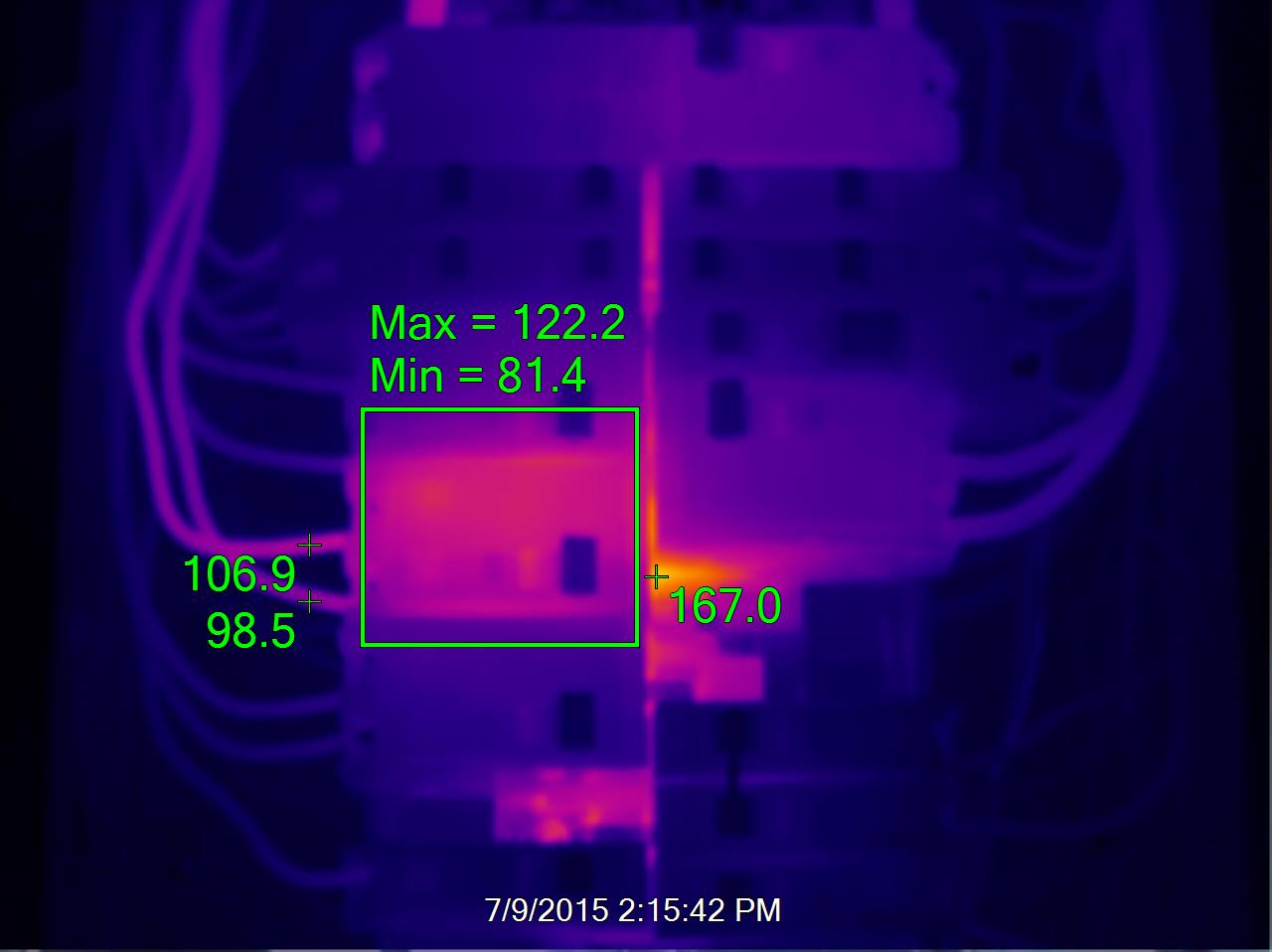IR has a long history having first been discovered by William Herschel at the very beginning of the 19th century. As a British astronomer, Herschel was also responsible for the discovery of Uranus.
When working with his telescope, he was switching the filters to try and look directly at the sun. However, he soon realized that heat passed through different colored filters at different rates. After being split by a prism, Herschel devised an experiment to measure the temperature of the different colors of sunlight.
After noticing that the colors were getting hotter from one to the next, he decided to go past the red band and outside of the visible spectrum where the results were even hotter. On this day, he had made the jump outside of the visible spectrum and discovered the infrared spectrum of light.
Despite this early discovery, thermal imaging wasn’t introduced until it was seen as a reconnaissance tool in World War II. As cameras mounted onto airplanes, images were collected within restricted areas so that they could be analysed.
When we reach the Vietnam War, IR was thriving in both industrial and commercial industries. Agema, a Swedish company, is widely seen as the first ever company to make an IR scanning camera. Over time, technology has become stronger, more powerful, and less expensive which means that the devices have improved and have found many different uses.
For building inspections, IR cameras have become huge over the last couple of decades in particular because it can find defects that otherwise wouldn’t be recognized. Additionally, it gives valuable data to all involved which allows accurate results in a quick time.
